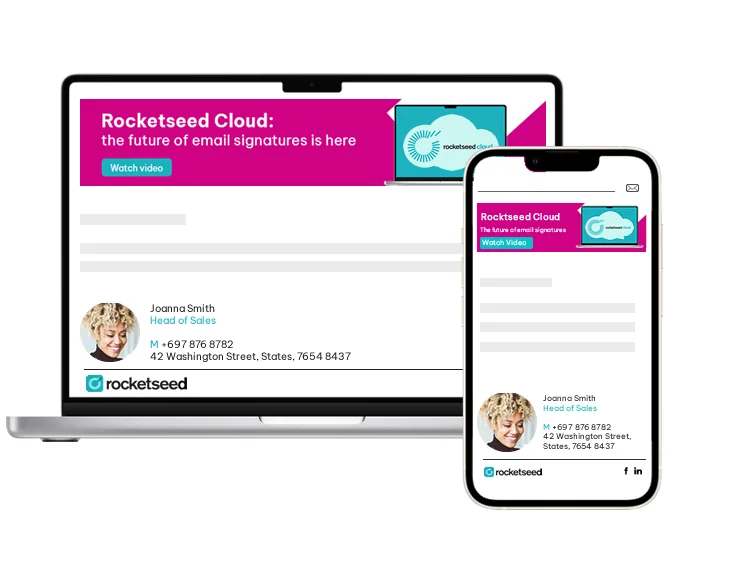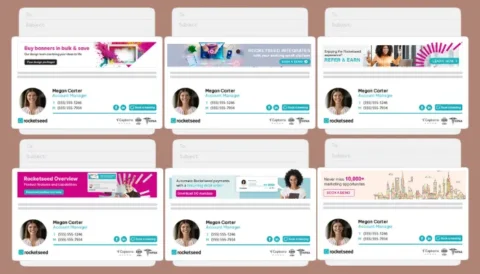By Matthew Vigus | VP Information Technology
Microsoft Exchange, one of the most widely used enterprise email solutions, plays a pivotal role in facilitating this communication. However, to maximise the effectiveness and professionalism of email interactions, companies need email signature management.
Why is Microsoft Exchange a widely used enterprise email solution?
Microsoft Exchange is popular among enterprises due to its robust features, including advanced security, reliable email delivery, and seamless integration with other Microsoft Office products.
It offers scalability, enabling organizations to manage large volumes of emails efficiently while maintaining high levels of security and compliance.
Why do companies using Microsoft Exchange need an email signature manager?
Unified brand identity
With Microsoft Exchange, emails are sent from multiple users across the organization, making it challenging to maintain uniformity.
An email signature manager ensures that all emails sent via Microsoft Exchange have a consistent appearance, reflecting the company’s branding guidelines. By standardizing email signatures, businesses can ensure that their logos, fonts, and colour schemes are consistently used across all communications.
Enhancing professionalism and trust
Within a Microsoft Exchange system, a centrally-controlled email signature manager guarantees consistent branding across employee communications, projecting a professional and unified image.
This consistency prevents unprofessional or mismatched signatures, enhancing the recipient’s trust and perception of the company.
Streamlined management and deployment
Manually managing email signatures for a large organization using Microsoft Exchange can be challenging and time-consuming.
An email signature manager simplifies the creation, deployment, and updating of signatures across all users. For example, an email signature management solution like Rocketseed can automate contact detail updates in all employee signatures by syncing with the organization’s user directory
This centralized management eliminates the need for IT personnel to handle individual updates, saving time and reducing the risk of errors.
Leveraging marketing opportunities
Email signatures can be powerful marketing tools. An email signature manager allows businesses to quickly and efficiently update marketing messages and promotions in email signatures.
This capability enables coordinated marketing campaigns and ensures that every email sent via Microsoft Exchange contributes to the company’s marketing efforts.
Companies can promote events, new products, or special offers directly through email signature banners, reaching their target audience with minimal effort.
Compliance and legal assurance
An email signature manager ensures that all signatures meet legal and regulatory requirements, mitigating the risks of non-compliance.
In a Microsoft Exchange setup, centralised management of email signatures helps companies adhere to legal standards and avoid potential legal issues. By standardising disclaimers and compliance statements, businesses can protect themselves from legal repercussions.
Performance tracking and insights
Tracking interactions with email signatures can provide valuable insights.
An email signature manager integrated with Microsoft Exchange can offer analytics and reports on engagement with links and promotional content in email signatures and banners. These insights can inform marketing strategies and improve overall communication effectiveness.

Conclusion
Incorporating an email signature manager with Microsoft Exchange offers numerous benefits, from maintaining a unified brand identity to leveraging email signatures as marketing tools.
It streamlines the management process, ensures compliance, and provides valuable performance insights.
To enhance your email communications, consider integrating with Rocketseed’s Exchange Email Signature Manager tool.



